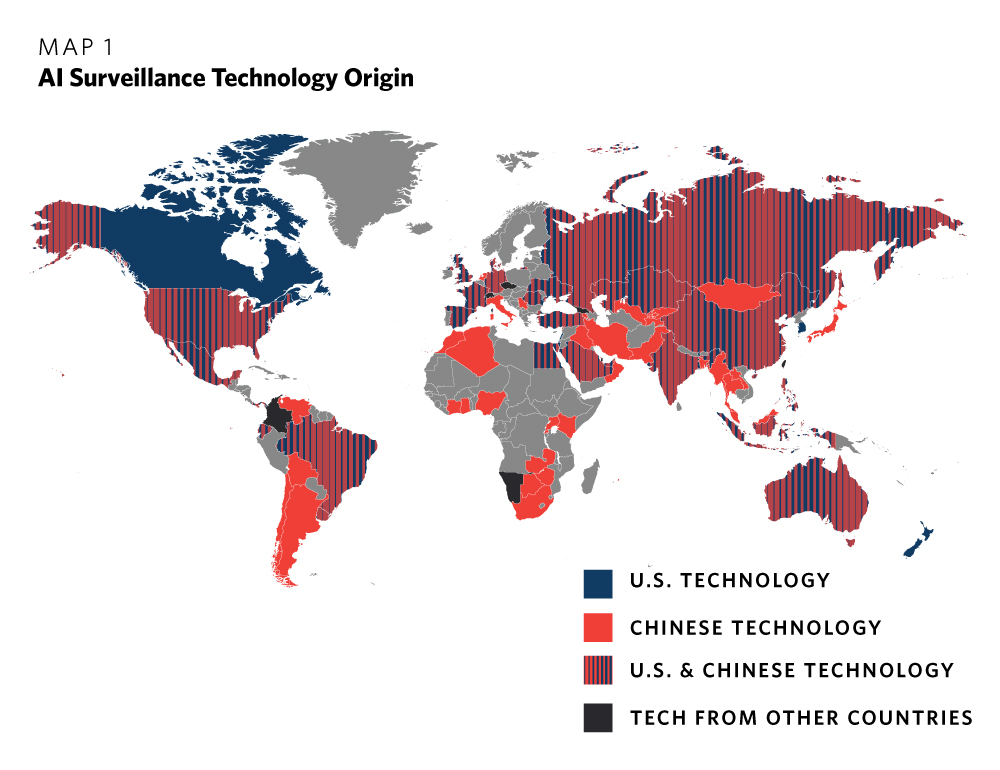Cybercrime: An Epidemic of Impunity
The Dismal Reality of Cyber Enforcement
In today’s digital landscape, cybercriminals operate with alarming freedom, exploiting vulnerabilities in our connected world without the fear of consequences. A striking 0.3% of all reported cybercrime complaints lead to actual enforcement and prosecution. This minuscule figure reflects a colossal enforcement gap, emboldening malicious actors to perpetrate their activities unchecked. They can generate substantial incomes, with some raking in up to $2 million annually, while others earn between $40,000 and $1 million. The lack of consequences allows these digital marauders to wreak havoc, knowing that there is little chance they will face legal repercussions.
The Human Cost of Cybercrime
The effects of cybercrime extend far beyond financial losses; the emotional toll on victims can be profound. Individuals face anxiety, stress, and a lingering sense of violation. It is essential to view cybercrime not merely as a technical issue but a genuine assault on people. Whether it’s identity theft with sprawling implications for personal lives or the devastation faced by businesses held hostage, the impact is undeniable—yet the criminals remain largely unscathed.
“Our legal system’s response to cybercrime is pitifully slow and outdated.”
The societal ramifications are staggering, leading to significant underreporting of incidents. Many victims fear retaliation or doubt the effectiveness of law enforcement, believing that their cases will be met with indifference. This only exacerbates the problem, letting offenders roam freely while victims suffer in silence.
Exploring the vast arena of cyber threats
A Culture of Negligence
This crisis is compounded by an outdated legal framework that fails to keep pace with the rapid evolution of technology and tactics employed by cybercriminals. Our current laws, rooted in a bygone era, lack the agility required to tackle these sophisticated threats effectively. We should implement forward-thinking policies that not only address present vulnerabilities but also anticipate future challenges.
The current moral and legal laxity seems to signal to cybercriminals that they can operate with impunity. Each successful breach or exploit fuels a cycle of escalating offenses, leading to a climate of distrust among consumers and businesses alike. With the total damage caused by cybercrime running into billions each year, the need for robust action has never been clearer.
The Growing Cost of Cyber Crime
The reality is that cybercrime drains billions from the global economy annually, creating unnecessary burdens for companies, which must pay ransoms, invest in cybersecurity defenses to fend off future attacks, and recover from data breaches. Consumers, too, suffer from identity theft and fraud, facing losses that can be devastating.
Despite these shocking financial implications, insufficient resources are allocated for combatting cybercrime effectively. The political will behind proactive and preventive measures is grossly lacking. We are witnessing a dereliction of duty from those in power who have failed to recognize the urgency of addressing this threat head-on.
The pervasive nature of digital attacks
The Global Dimension
The international aspect of cybercrime presents another challenge. Criminals are not limited by borders, easily shifting from safe havens to jurisdictions less likely to cooperate with global law enforcement. This advantage allows them to evade capture while exploiting the legal loopholes of various countries.
The lack of global coordination among law enforcement agencies further complicates efforts to apprehend these criminals. Without a unified approach, the fight against cybercrime is akin to a game of cat and mouse, with cybercriminals perpetually one step ahead of the authorities.
Urgent Need for Reforms
To combat this rising tide, we need a radical rethink of how we approach cybersecurity. The existing frameworks can no longer cope with the dynamic nature of cyber threats. Stricter penalties should be implemented to instill fear in potential offenders, alongside comprehensive educational initiatives aimed at both consumer awareness and business practices.
We must transition from a culture of complacency to one of vigilance and proactive action. Mechanisms for reporting cyber incidents should be simplified and made accessible, encouraging victims to come forward without the fear of judgement or backlash.
Innovative approaches to combat cybercrime
Conclusion
We are living in a paradox—while technology continues to advance at breakneck speed, our defenses against cybercrime remain stubbornly stagnant. As we navigate this complex digital landscape, we must confront the reality that ignoring these pressing issues will only lead to further crises. Cybercriminals should not laugh at our outdated systems; instead, they should know that there’s a swift and heavy hand ready to take action against them.
We are at a critical juncture; to ensure a safer digital future, we must hold everyone—individuals, businesses, and governments—accountable in this fight against cybercrime. Ultimately, it is our collective responsibility to protect the integrity of our digital lives and safeguard the progress we have made in embracing technology.


 Photo by
Photo by 












